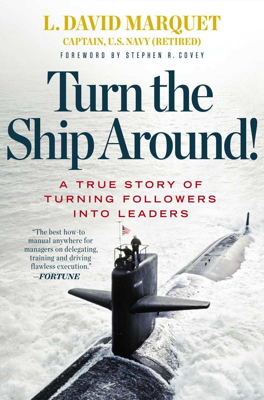Under Way for San Diego
Fundamental Changes to Encourage Higher-Level Thinking
On February 22, 1999, as the USS Santa Fe prepared to travel from Pearl Harbor to San Diego, a significant shift in operational behavior was demonstrated. Lieutenant Dave Adams was observed coaching a junior officer in handling the submarine, illustrating a key leadership transition. The crew was actively engaged, openly communicating, and progressively expressing intentions and planning moves, showing the cultivation of higher-level thinking and operational anticipation.
Transitioning Submarine Operations from Port to Open Waters
The process from moving under way and preparing to dive revealed areas where operational efficiency could improve. Traditionally, the transitions from surface to submerged operations involved numerous discrete steps with potential down-time between each. However, the objective was set to minimize this transition time to enhance the warship's operational effectiveness. The crew responded by finding ways to streamline these processes effectively.
Evaluation of Briefing Methods Altered Toward Certification
During the preparation to submerge, an instance of a traditional briefing method was detailed, where a normal procedure briefing turned out to be ineffectively engaging for the crew. This led to a critical evaluation and shift from passive briefings to more interactive, accountability-driven "certifications."
Implementation of "Don't Brief, Certify"
The new method replaced briefings with certifications, wherein participants were asked specific questions about their responsibilities, and their readiness was assessed actively—a change intended to make each individual more engaged and responsible for their areas of operation. This method emphasized the need for all crew members to be well-prepared and understand their roles deeply, encouraging independent study and preparation.
Insights and Transition to Certification
The initial transition faced challenges as some crew members were unprepared under the new system, highlighting a lack of prior personal study due to not understanding their specific roles in upcoming operations. Through the challenges, it became clear that shifting from a briefing to a certification method significantly enhanced personal responsibility and operational readiness.
Cultural Shift Encouraged by New Practice
The adoption of the certification method led to a notable shift in crew behavior, fostering a culture of ongoing personal engagement with learning and professional development. Observations showed that crew members were independently studying their responsibilities, indicating a deeper personal investment in their roles.
Questions to Encourage Reflective Implementation
- Consider the role of personal preparation in your team's operations.
- Reflect on the effectiveness of current briefing methods and the potential benefits of shifting to a certification model.
- Analyze the engagement level of team members during planning and operational phases.
- Evaluate the potential improvements in operational readiness by implementing a certification approach in place of traditional briefings.
The chapter emphasizes the strategic shift in submarine operation culture from passive receipt of instructions to proactive, engaged certification, aiming to enhance competence and readiness among all crew members.
